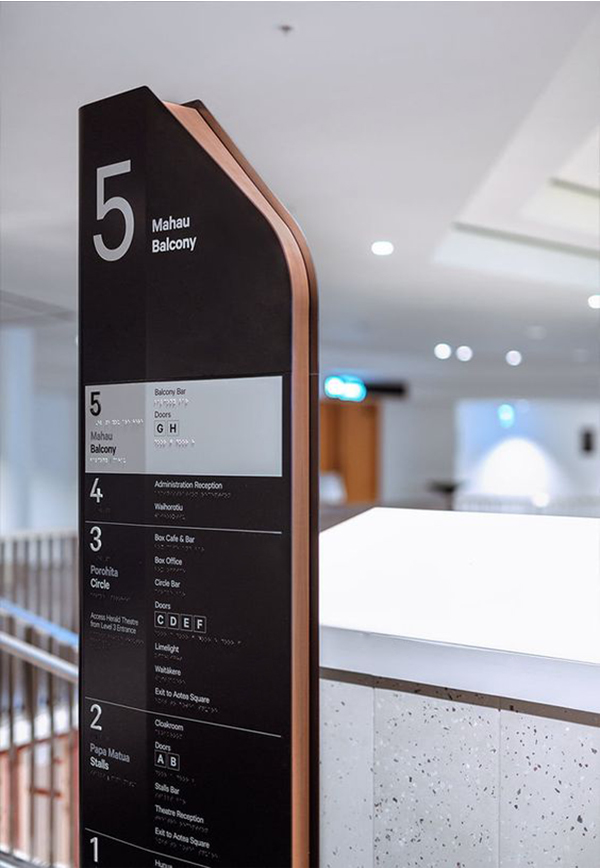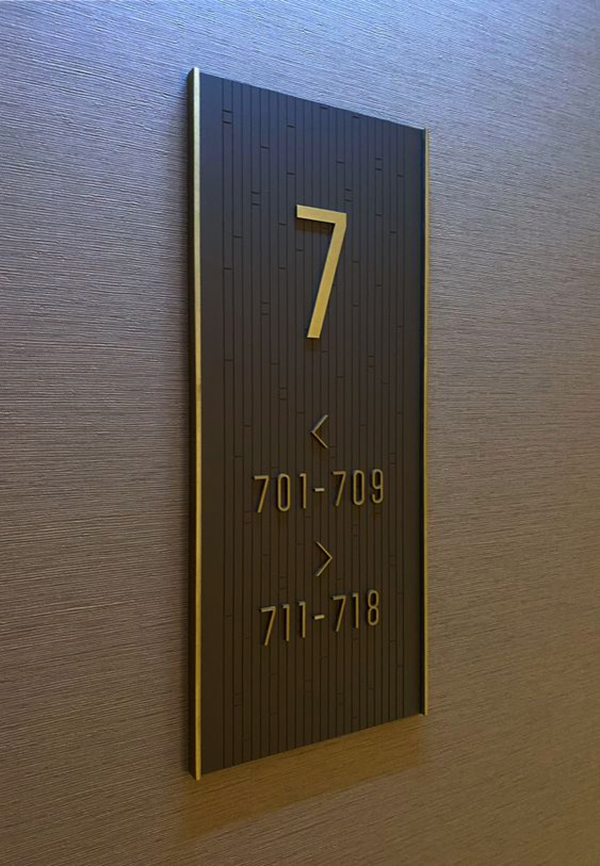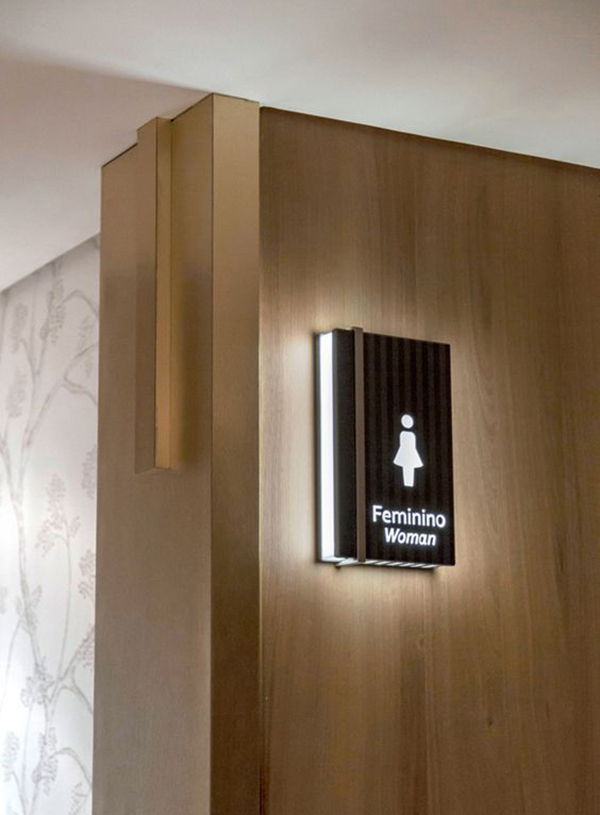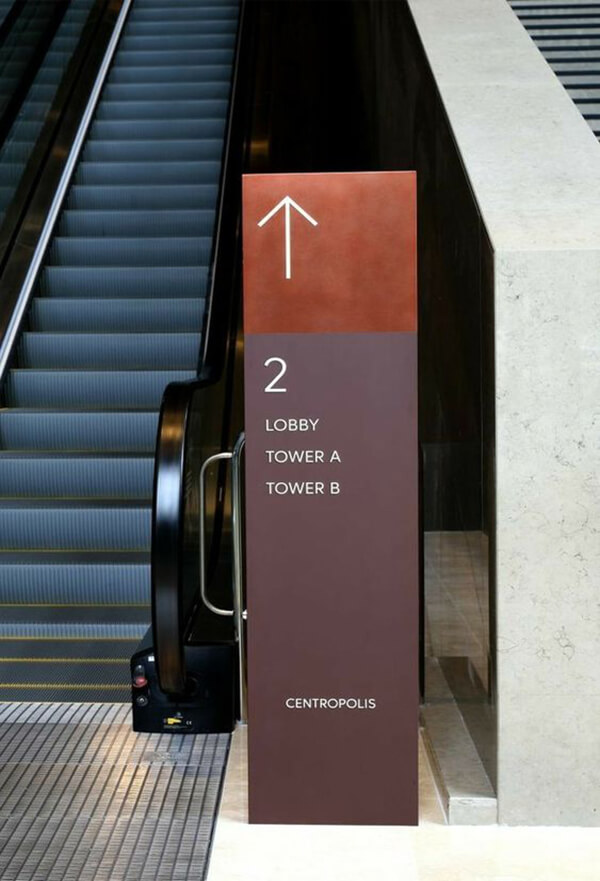Introduction
Interior architectural signage is a crucial aspect of interior design that promotes movement, direction, and guidance for people within an indoor space. From hospitals to office buildings, malls, and institutions, a proper signage strategy enhances accessibility, safety, and convenience for clients, visitors, and patrons. This article delves into the classification, application, and significance of interior directional signages, room number signages, restroom signages, stair and lift level signages, and Braille signages.
Interior Directional Signages
Interior directional signages are signages that offer directions, providing guidance in a facility, building, or premises. They could include arrow signs, location names, or maps of the interior. These directional signages may be used to direct individuals to conference rooms, hospitals’ departments, educational facilities or visitors’ lounges. In essence, these signs must be concise and clear, so individuals locate their intended destination quickly. Places such as hospitals may have their directional signs color-coded to aid in easier identification
and compliance.
Interior Directional Signages & Floor Level Signages
Room Number Signages
Room number signages indicate which room or suite one is entering. They assist individuals in understanding the layout of a building and navigation through it. A hotel room may have the room number signages outside the door and inside the suite, for easier access and identifications. They could be made using Braille, high-contrast materials, bold numbering, or raised letters for easier accessibility for those with disabilities.
Restroom Signages
Restroom signages are important for public restroom facilities in malls, hotels, hospitals or other public recreational venues. It is imperative to ensure that the signage adheres to basics, for example, men's restroom signages should be blue with white writing, whereas women's signages should be red with white writing. More signs might be added to facilities that cater to people with disabilities, including handwashing instructions, feminine hygiene, or diaper changing stations.
Stair & Lift Level Signages
Signages showing different floor levels in a building that has several stories are predominantly stair and lift signages in elevator or stairwell entrances. It is important to indicate where the exit or lift is located in cases of emergency, offering convenience and safety for everyone. Ideally, the lettering should be black and painted on white or light grey backgrounds.
Braille Signages
Braille signages are tactile signages that are essential in promoting accessibility for those with visual impairments. They can be found in any type of business facility, such as outdoor malls or schools, and ensure communication in such spaces is inclusive. Signs with Braille should have raised letters or figures, which may lead to easy reading through touch. These signs may also come in high-contrast colors for easy sightability.
Application and Significance of Interior Architectural Signages
The significance of interior architectural signages is three-fold: accessibility, safety, and functionality. The application of interior signages guarantees that all individuals, irrespective of their mental or physical abilities, have access to the space. Safety-wise, signage includes all necessary information for emergency exits or proper navigation in case of a staged evacuation. Functionally, signages should support the use and navigation of in-house amenities, such as suitable restrooms or conference rooms.
Interior signages are crucial in any business or public building as they promote accessibility, safety and improve the experiences and satisfaction of users. They provide clear directions, which ensure convenience for individuals searching for rooms or hallways, and consistent room numbering assist in orientation and providing a sense of direction for individuals within the facility. Braille signages give vision-impaired individuals a sense of independence and an overall feeling of inclusivity while navigating the precise space.
ConclusionIn
conclusion, the proper application and classification of interior signages are essential in offering guidance and support for individuals within an establishment. From directional signages to braille signages, their purpose is vital for safety and accessibility within any interior space. In any business setting, the goal is to create a comfortable and inclusive environment, and a well-planned signage strategy ultimately makes that goal achievable.
Post time: Jun-03-2023















